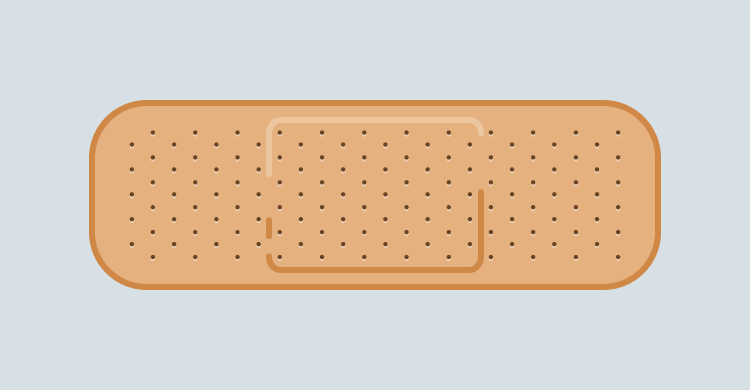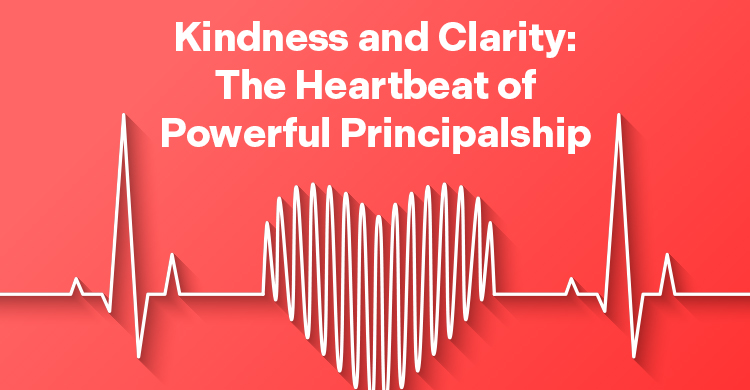In a classic scene from early cinema days, the patient says to the doctor, played by Groucho Marx, “Doctor, Doctor! It hurt when I do this!” The patient lifts his arm in an awkward and clearly painful way. Replied Groucho, “Then don’t do that.”
That scene neatly sums up where we are as a nation with regard to educational accountability. We have tried different solutions – high-stakes testing, threats and intimidation of students, teachers, and administrators, financial rewards and punishments – and we are still complaining, “Doctor, Doctor! It hurts when I do this!” But this time it’s not funny. With the pending reauthorization of the Elementary and Secondary Education Act (EASA), there is an opportunity for rare bipartisan agreement that the vast majority of accountability experiments of the past fifteen years have failed. The challenge is that while almost all parties involved can agree on what is wrong, there have been few positive alternatives forwarded to provide a note of rationality in the accountability debate. The prevailing motto of “leave it to the states” sounds appealing but is superficial. State-based accountability of the 1990’s was no prize, with a patchwork of tests and standards, and penalties as draconian as anything coming out of Washington.
It’s time for “holistic accountability,” something I have been writing about and studying for two decades. There are three central features of holistic accountability:
First, it focuses on causes, not just effects. If all we know is that student achievement rises or falls, we have no insight into the teaching and leadership decisions that led to changes in student performances. It is as if we knew only that students had lost weight – perhaps a worthy goal – but we didn’t know if the weight loss was caused by diet and exercise, or by eating disorders and drug abuse.
Second, accountability becomes the central learning system for every school. Whether student achievement is higher or lower, teachers and school administrators can look at results throughout the entire system to identify which specific teaching and leadership strategies were associated with improved student results.
Third and most importantly, schools in a holistic accountability system can showcase their achievements that are not visible in traditional accountability systems. For example, nearly every school system in the world claims to value the essential activities associated with creativity, collaboration, and communication, yet not a single test-based accountability system deems these “essential” activities as worthy of consideration. With holistic accountability, schools can make the case that teamwork, extracurricular activities, music, art, performing arts, physical education, student government, and a host of other activities are clearly related to the academic expectations desired by parents and communities.
Would you like to learn more about Next Generation Accountability for your schools? Please e-mail me at [email protected].
[author_bio id=”108″]






